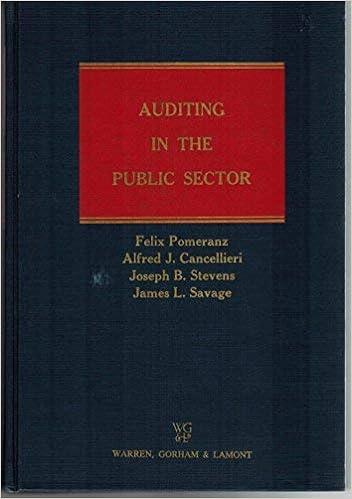I) A method of assigning overhead costs to a product using a single overhead rate is Plantwide overhead rate method B) Cost pool overhead rate method. C) Departmental overhead rate method. D) Activity-based costing E) Overhead cost allocation method. 2) Which of the following would not be considered a product cost? A) Direct labor costs B) Factory supervisor's salary C) Factory line worker's salary D) Cost accountant's salary E) Manufacturing overhead costs 3) What are three advantages of activity-based costing over traditional volume-based allocation methods? A) Ease of use, more accurate product costing, and more effective cost control. B) Fewer allocation bases, case of use, and a direct correlation to production volume. C) More accurate product costing, more effective cost control, and better focus on the relevant factors for decision making. D) More accurate product costing, fewer cost objects, and a direct correlation to production volume. E) More accurate product costing, ease of use, less costly to implement. 4) K Company estimates that overhead costs for the next year will be $2,900,000 for indirect labor and $800,000 for factory utilities. The company uses direct labor hours as its overhead allocation base. If 80,000 direct labor hours are planned for this next year, how much overhead would be assigned to a product requiring 4 direct labor hours? A) $46.25 B) S36.25 C) S185.00 D) $145.00 E) None of the choices y uses a plantwide overhead rate with machine hours as the allocation base assigned to ceach unit produced given the following estimated amounts? Next year, 600,000 units are es stimated 150,000 DLH 250,000 250,000 DLH Direct labor hours fachine hours 175,000 M A) S11.57 per unit B) S8. 17 per unit C) S5.61 per unit D) 512.43 per unit E) $10.89 per unit 6) Assume that the Assembly Department allocates overhead using a plantwide overhead rato based on machine hours. How much total overhead will be assigned to a product that requires 1 direct labor hour and 2.5 machine hours in the Assembly Department, and 3.5 direct labor hours and 0.5 machine hours in the Finishing Department A) $13.00. B) $10.50. C) 56.00 D) S11.00 E) S7.50 Which of the following costs are most likely to be classified as variable? A) Factory rent B) Manager salaries C) Insurance D) Direct materials E) Straight-line depreciation 8) Which of the following costs are most likely to be classified as fixed? A) Shipping costs B) Sales commissions C) Direct labor D) Direct materials E) Property taxes








